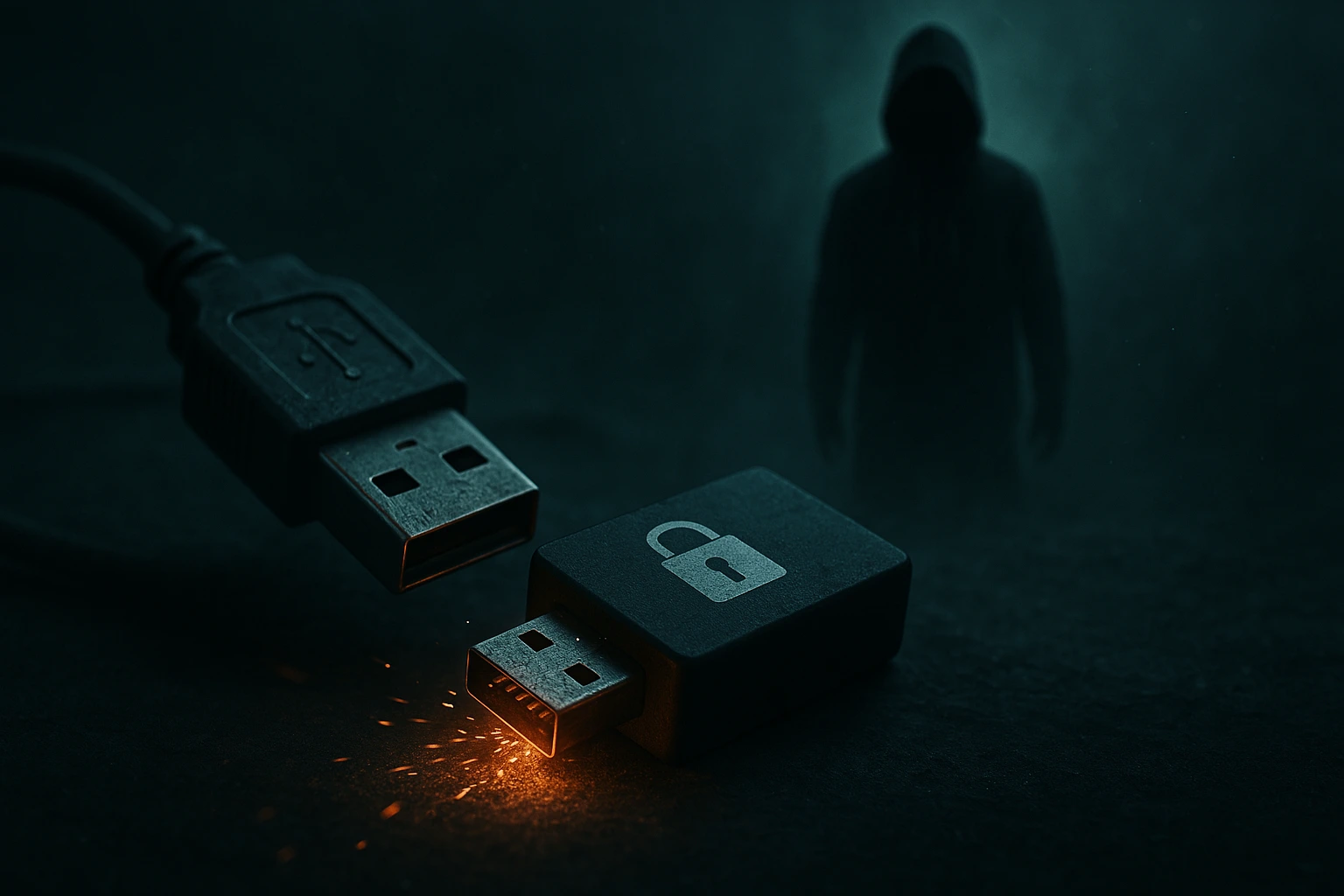USB Data Log 4.13.25 (Theft by Deception)
Imagine this. You need your phone for something important, but you’re on the road, and it’s on the verge of dying. So, what do you do? If you’re at an airport, you stick it into a public USB port. Same thing when you’re in a cafe. Seems harmless, right? Not quite.
Those ports can hide a nasty trick called juice jacking — a sneaky way for hackers to install malware or steal your data while you’re just trying to get some battery life. That’s where USB data blockers make their entrance.
But what are they? And how are they good for us? If you’ve heard about such a device for the first time, these might be your questions. So, I wrote this piece to explain what USB data blockers are, why you should use these USB security devices, their types, pros and cons, and more. Let’s dive in.
What is a USB Data Blocker?
Like I said earlier, you might have been in a situation where you needed to plug your phone into a public USB port. Most people don’t even think twice about it. But there’s something that can really hurt your privacy.
A USB data blocker is a small gadget that protects you by serving as a gate between your device and the port. But then, how does it protect you?
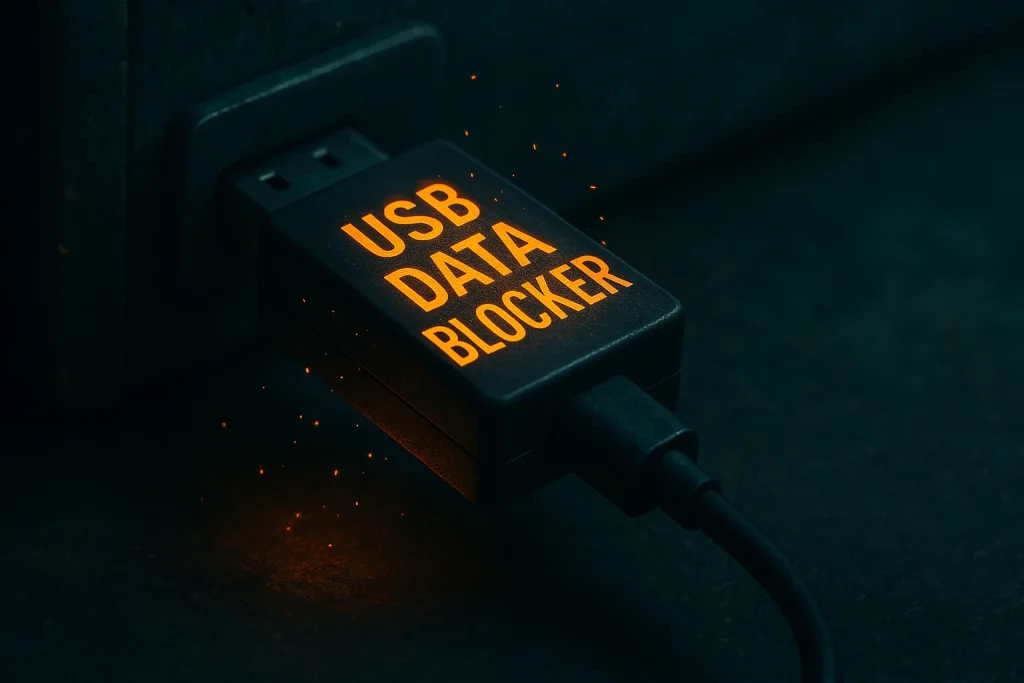
Modern USB ports let you charge and transfer data simultaneously. So, hackers can use these ports to infect your device without you finding out. There’s a term for this: juice jacking.
What a data blocker does is it lets your device charge like normal but completely cuts off the data lines, so no files, malware, or sneaky software can pass through. Just juice, no jacking.
Wait, What is Juice Jacking?
Glad you asked. Juice jacking is a type of cyberattack where hackers compromise public USB ports to install malware on any device plugged into them. These shady ports can look totally legit — found in airports, malls, buses — but behind the scenes, they can spread spyware, ransomware, or worse.
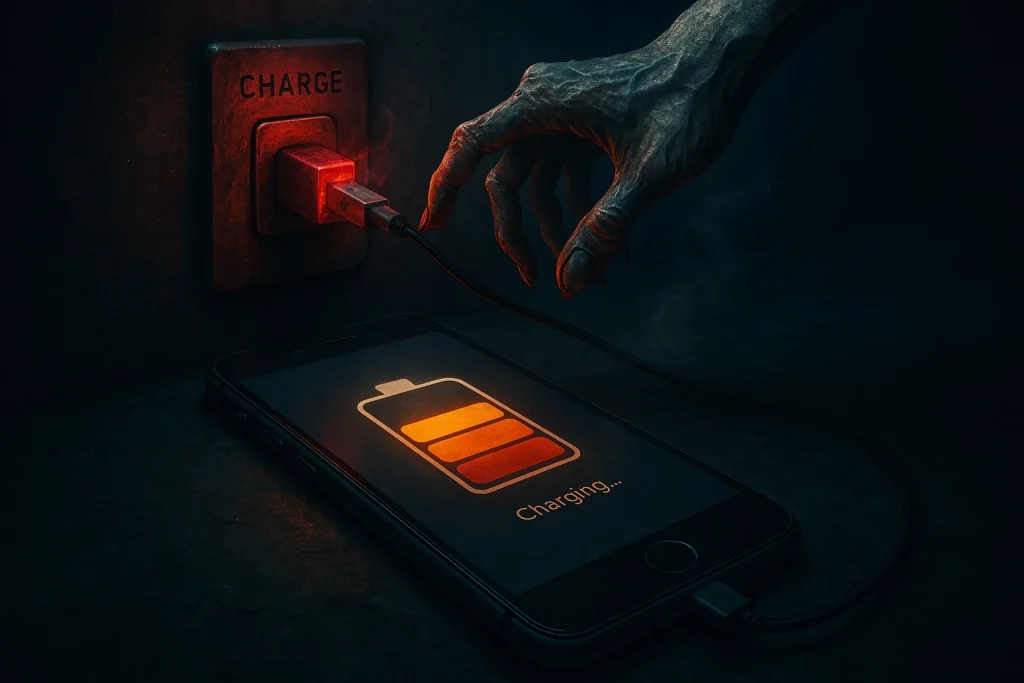
The moment you connect your phone, the malicious software can slip in quietly. Most folks don’t even realize they’ve been hit until it’s way too late.
So How Does a USB Data Blocker Work?
Let’s try to understand how USB data blockers work. Standard USB cables have multiple internal pins — some for power, others for data. When you plug into a public USB port, both types of pins connect… unless you’re using a data blocker.
A USB data blocker physically disconnects the data pins, leaving only the power pins active. That means your device gets the charge it needs — but none of the digital baggage. It’s like using a straw that only lets through water, not germs.
Types of USB Data Blockers (Yes, There Are a Few)
Not all USB ports are created equal, and neither are blockers. You’ll usually find them based on their connector type:
- USB-A blockers: For older or traditional devices — they’ve got that classic rectangular port.
USB-C blockers: For newer smartphones, tablets, or laptops with the smaller, rounded USB-C ports.
Some come with extra perks, like:
- On/off switches for the data-blocking feature
Keychain rings (easy to carry, hard to lose) - LED indicators to show charging status
And USB data blockers range in design from plug-and-play dongles to small cable-adapter combos. But the core function stays the same: power in, data out.
Why Should You Bother Using One?
Because, honestly, you don’t know who used that port before you. It could’ve been a tired traveler… or a hacker loading malware into it.
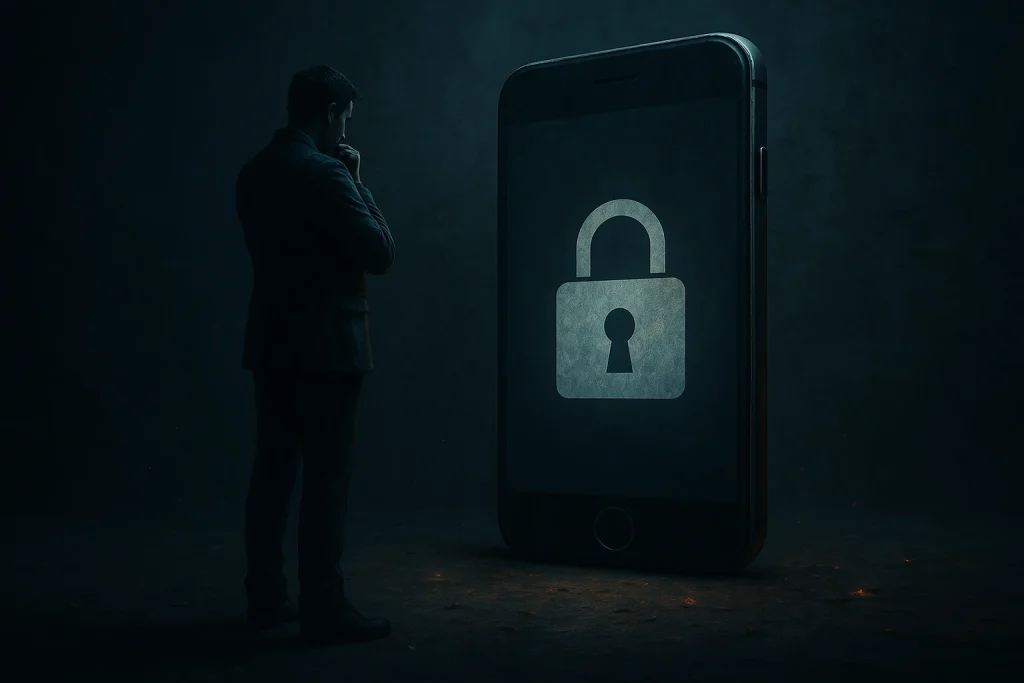
Here’s what a compromised USB port could do to your phone or laptop:
- Steal your data
- Install ransomware that locks your files until you pay up
- Spy on you through spyware
- Spread malware to other devices you connect later
If you’re someone who charges your phone on-the-go — especially while traveling — carrying a USB data blocker is a no-brainer. Or better yet, bring your own wall charger or a power bank.
And it’s not just about individuals. Companies should be all over this. Employees plugging personal devices into work computers via USB can open the door to corporate data breaches. Mandating USB condoms (yes, this is a common slang for it) at the workplace? Smart move.
Perks of Using a USB Data Blocker
Let’s recap what makes these tiny tools worth having:
- No malware sneaking in via public USB ports — data pins are cut off entirely
- Ultra-portable — toss one in your backpack, purse, or even your pocket
- One-size-fits-most — if your devices all use the same USB standard, one blocker covers them all
Any Downsides?
Yeah, they’re not perfect. Here’s where USB blockers might trip you up:
- Charging may be a tad slower than a direct connection
- They only solve one problem — your Wi-Fi could still be sketchy, so pair it with a VPN when possible
Easy to forget — especially when your phone’s dying and you’re juggling bags, coffee, and travel stress
Famous USB-Based Cyber attacks (That'll Make You Think Twice)
Still not buying how dangerous this could be for you? Then, let me put things into perspective if you’re still unsure if USB data blocking is necessary.
USB ports have been at the heart of some serious cyberattacks over the years — not just minor data breaches, but events that made headlines and cost millions.

To name a few…
- [Conficker (2008)] Conficker infected millions of computers worldwide — from personal devices to critical infrastructure. It used autorun.inf files on USB drives to jump from one machine to another. It created a massive botnet capable of being used for coordinated DDoS attacks. Governments, militaries, hospitals — nobody was safe.
- [Agent.BTZ (2008)] A malware-laced USB drive was inserted into a U.S. military laptop in the Middle East. What followed was a nightmare — the worm silently spread across the Pentagon’s networks, stealing classified documents and triggering a 14-month cleanup operation.
- [Stuxnet (2010)] This was next-level sabotage. Stuxnet, allegedly developed by state actors, spread via USB drives to sabotage Iran’s nuclear centrifuges. It didn’t just spy — it physically destroyed equipment. Since then, variations have targeted critical infrastructure worldwide.
- [Flame, a.k.a. Flamer (2012)] Like Stuxnet, Flame was believed to be state-sponsored. Flame could spread via USB drives using a clever trick — it forged Microsoft certificates to look like trusted software. Once it infected a system, it could record audio, capture screenshots, log keystrokes, and even map out networks for further attacks.
- [Mariposa Botnet (2008)] Originally designed to launch massive DDoS attacks, Mariposa infected millions of devices — and yes, USB drives were one of its favorite ways to spread.
Moral of the story? USBs can be weapons. A tiny slip-up can lead to massive consequences.
How to Choose the Right USB Data Blocker
Shopping for the best USB data blocker for travel? First, match the USB standard — USB-A, USB-C, or micro-USB — with your devices. Most public ports still use USB-A, so that’s a safe bet for general use.
Then, check reviews. Seriously. Some cheap data blockers out there are little more than plastic shells. Stick with trusted brands and avoid those shady “mystery gadgets” sold in discount bins.
You might also want to look for:
- Compact design (fits in your bag or pocket)
- Indicator lights
- Rugged build quality
- Compatibility with fast-charging, if that matters to you
How to Test If a USB Data Blocker Actually Works
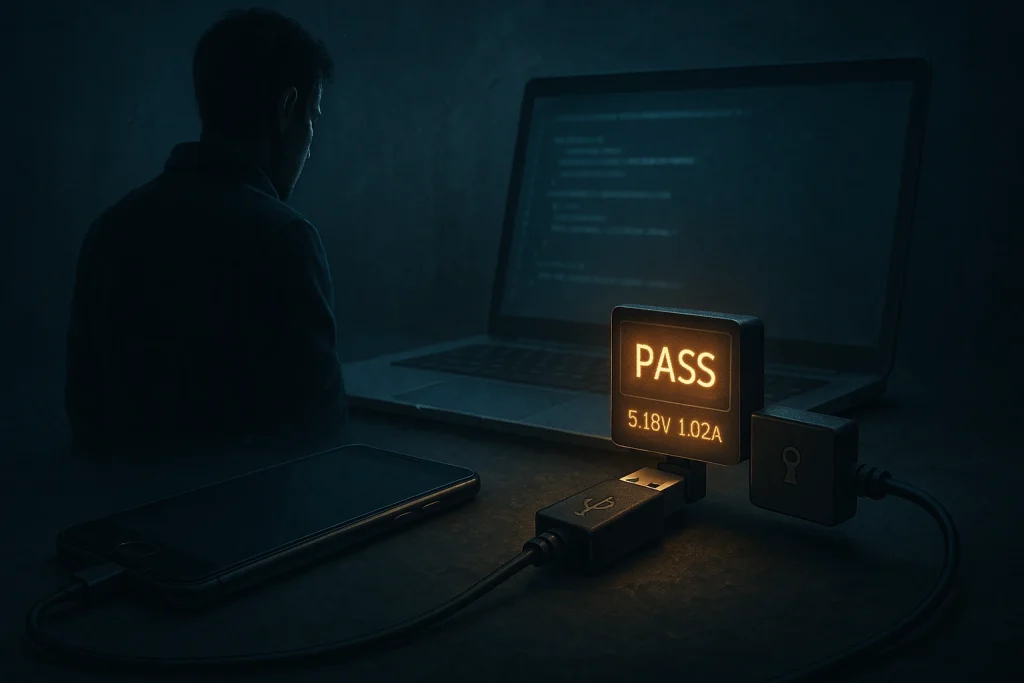
Step 1: Set Up a Safe Test
Plug the data blocker into a trusted USB port, like your personal laptop. Then connect your phone using the usual charging cable.
Step 2: Look for What Doesn’t Happen
If the blocker works:
- Your phone will start charging as usual.
- Your laptop will not detect the phone — no file explorer, sync options, or pop-ups.
That’s the key: it should behave like you’ve plugged into a wall charger — power flows, but no data connection forms.
Step 3: Try a Quick Comparison
Want to double-check? Plug your phone directly into the laptop without the blocker. You’ll likely see file transfer options or device prompts. Now try again with the blocker. If those options vanish, it’s doing its job.
What to Avoid
- Don’t test it on public USB ports — you can’t control what’s in there.
- Don’t trust it just because charging works. Cheap or fake blockers often pass power and data.
Optional: Tech-savvy folks can use USB sniffing tools to confirm there’s no data exchange, but for most users, the visual check is enough.
Bottom Line />
A USB data blocker is like a seatbelt for your phone’s charging habits — it doesn’t fix every risk, but it protects you from a pretty nasty one. Grab one, keep it handy, and next time you’re about to plug into a random USB port… make sure you’re charging smart, not sorry.
